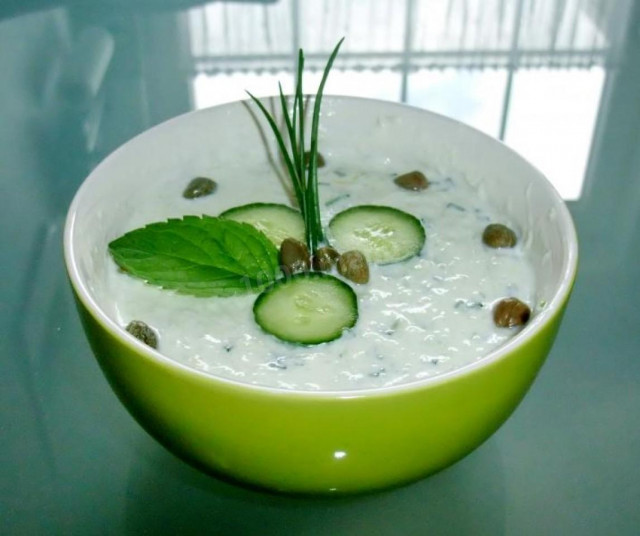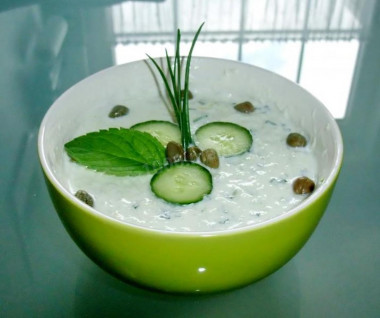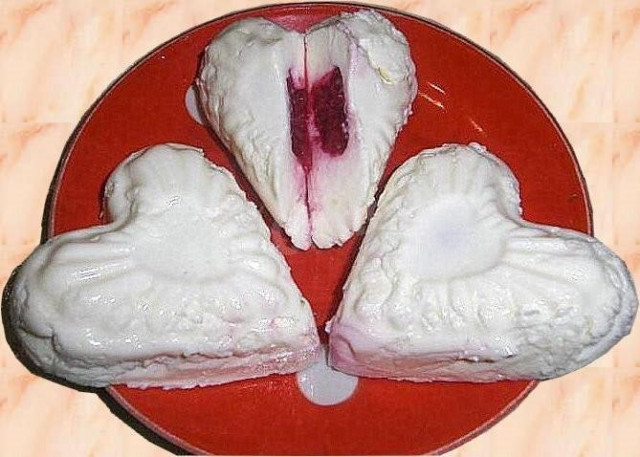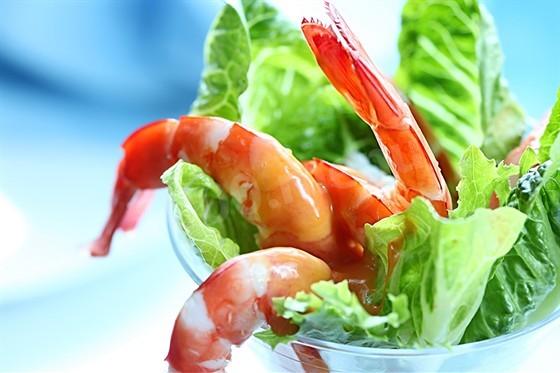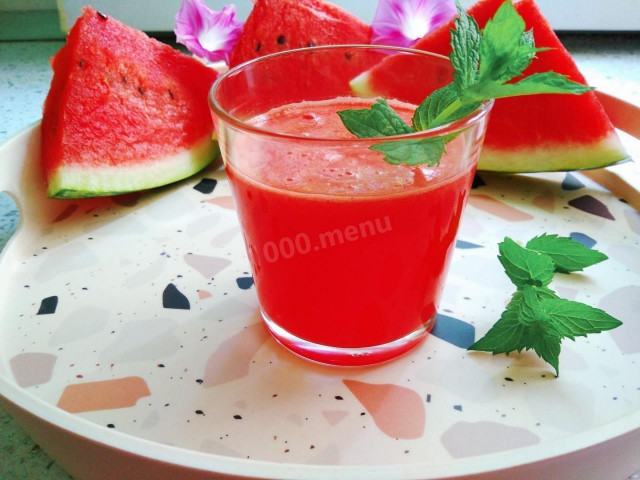Composition / ingredients
Step-by-step cooking
Step 1:
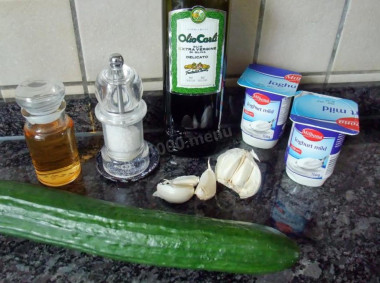
How to cook tzatziki? Collect all the ingredients so that they are at your fingertips. Take natural yogurt, without sweeteners. Olive oil is the first cold pressed, it is the best. Instead of olive oil, you can try any other vegetable oil suitable for the occasion, even sunflower. The taste of the sauce will no longer be classic, but it will still remain delicious.
Step 2:
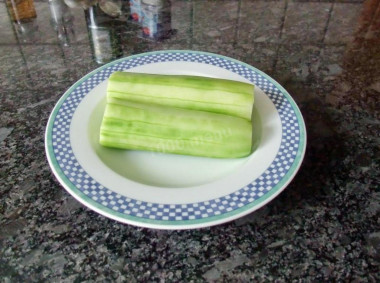
Wash the cucumber, peel it. The density of the sauce can be changed by adding or subtracting cucumber pulp. That is, you can take two cucumbers instead of one.
Step 3:
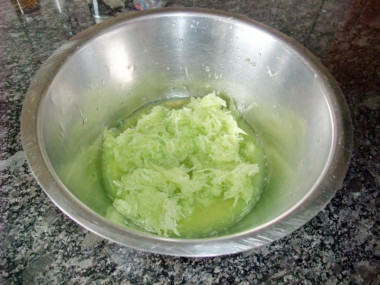
Grate the cucumber on a fine grater into a deep bowl. You can use a food processor.
Step 4:
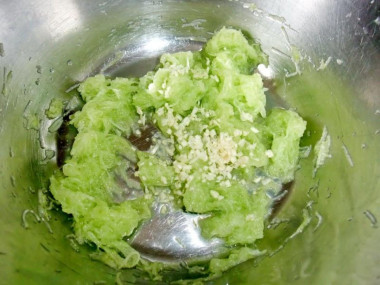
Squeeze the juice from the resulting cucumber mass. I was not particularly carried away, my flesh remained slightly juicy. Add salt to it, add chopped garlic and mix.
Step 5:
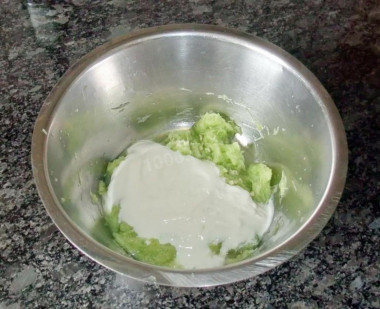
Pour white wine vinegar into the cucumber mass. Add the natural yogurt and mix everything together. It is desirable that the yogurt is as thick as possible.
Step 6:
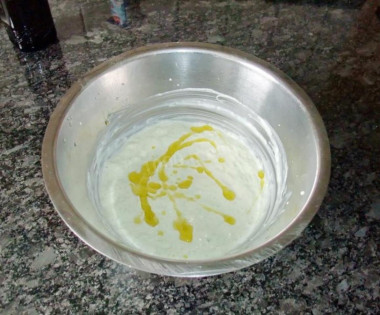
Pour in the olive oil and mix thoroughly again.
Step 7:
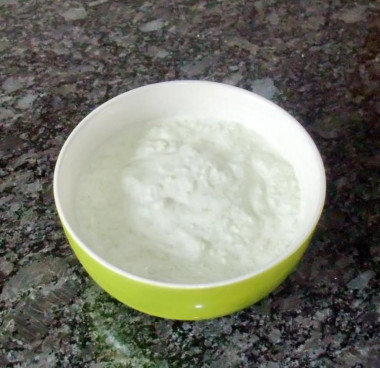
Put the sauce in the refrigerator to cool. In addition, all components require some time for greater saturation.
Step 8:

Decorate the finished Tzatziki sauce with thin slices of cucumber, olives, herbs or capers.
Step 9:
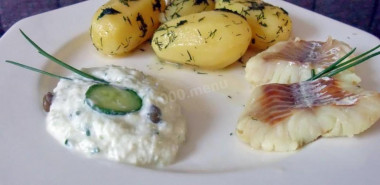
Tzatziki sauce can be served with vegetables, fish, meat or just bread.
This sauce has several names: zadziki, tzatziki. In the classic version, you need to take expressed yogurt from sheep's or goat's milk for it. The Greeks like to eat it with fish. Sometimes mint, chopped fresh herbs are added to the sauce. Instead of vinegar, you can safely use lemon juice.
It is believed that the homeland of the sauce is still Turkey. Because its name originated from the Turkish word "djadzhik". The Turks also have cucumber sauce with yogurt.
The peel from cucumbers, if it is not rough, not damaged and not bitter, does not need to be cut off.
Caloric content of the products possible in the composition of the dish
- Fresh cucumbers - 15 kcal/100g
- Acedophilin 3.2 % fat content - 58 kcal/100g
- "rastishka " - 122 kcal/100g
- Danone drinking yogurt - 76 kcal/100g
- Drinking yogurt "agusha" - 87 kcal/100g
- "aktimel" natural - 83 kcal/100g
- Danone yogurt with 2.2% fat content - 96 kcal/100g
- "mazhetel" - 48 kcal/100g
- Ermann fat yogurt - 152 kcal/100g
- Yogurt with 3.5% fat content - 68 kcal/100g
- Natural yogurt with 1.5% fat content - 48 kcal/100g
- Low-fat milk yogurt - 38 kcal/100g
- Garlic - 143 kcal/100g
- Olive oil - 913 kcal/100g
- White wine vinegar - 14 kcal/100g

